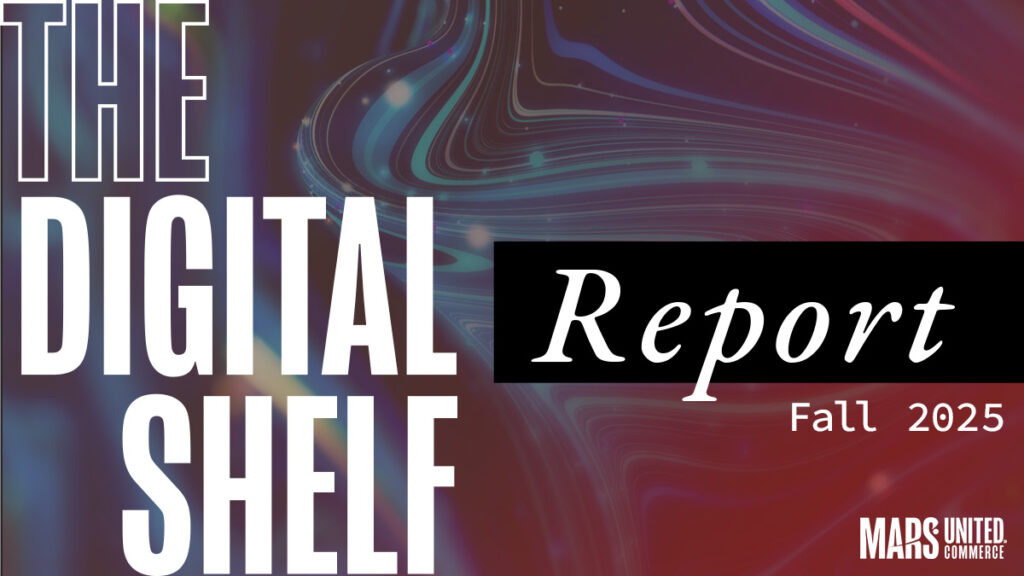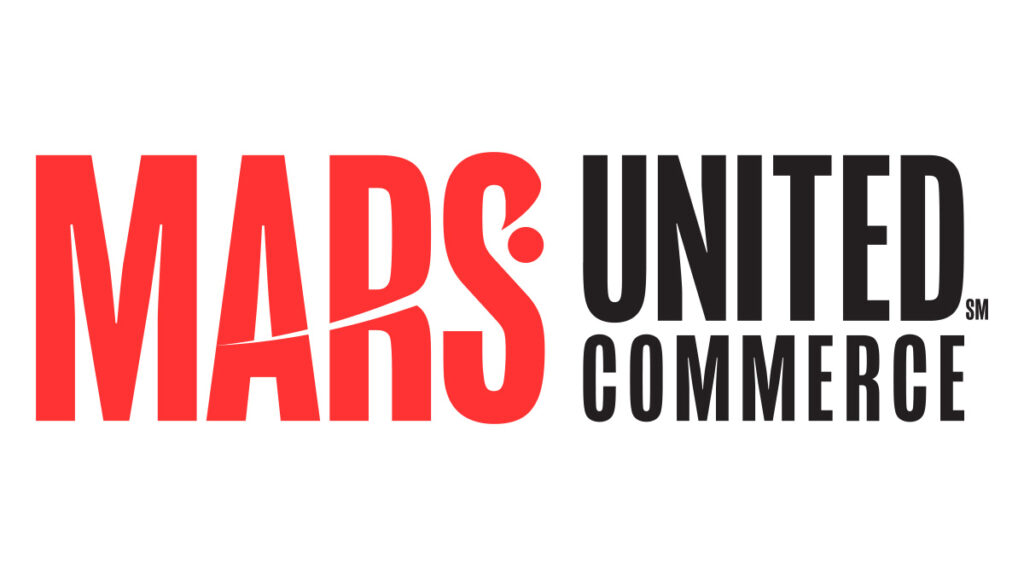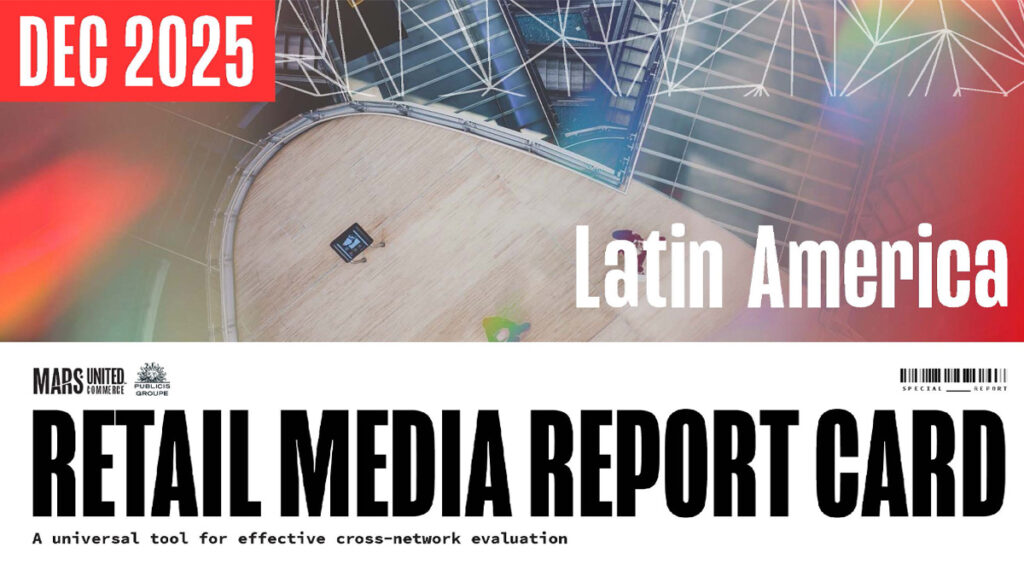As part of their ongoing mission to help clients stay ahead of the competition in a fast-paced, constantly evolving marketplace, the field teams in Mars UnitedSM Commerce’s Retail Consultancy closely monitor the strategic activity taking place across all key retailers and channels.
Each month, the teams compile Marketplace Assessment reports on the retailers (including Walmart, Target, Amazon, and Kroger) and channels (such as Regional Grocery, C-Store, Club, Pet, Beauty, and On-Demand Delivery) that are most important to the business success of our clients. The following report outlines noteworthy events across five key retailers from the team’s most recent round of assessments. (To receive copies of the full reports, contact EVP-Retail Consultancy Kandi Arrington at [email protected].)
Walmart Adds Healthcare to the Shopping List
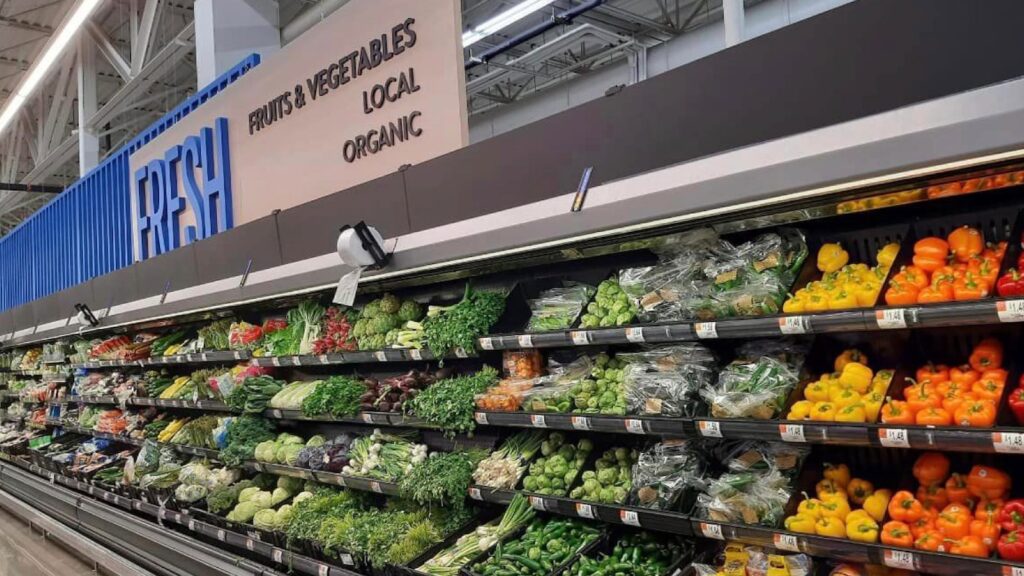
Walmart has launched Everyday Health Signals, a digital platform powered by artificial intelligence that’s intended to help shoppers eat healthier. The platform lets consumers register with their existing Walmart account to receive nutrition analyses, suggested shopping lists, recipe ideas, and other practical tips for achieving a healthier lifestyle that are based on their own Walmart.com purchase history. Currently available to Medicare Advantage members with plans managed by NationsBenefits, the program is expected to soon expand to more health plans and benefits managers.
An additional capabilities upgrade is helping consumers better utilize their Medicare Advantage benefits by identifying (via badge icons) plan-specific, benefits-eligible items while they’re shopping across food, over-the-counter products, and general merchandise. Shoppers who connect their Medicare Advantage benefits card with their Walmart account also have their benefits spending tracked in real time.
Relevance: In announcing the initiatives, Walmart professed to be “transforming the healthcare shopping experience,” citing research finding that two-thirds of Medicare Advantage enrollees never use their OTC benefits — and that more than half of U.S. consumers say they want to eat healthier. While it’s not clear how many of the 33 million consumers enrolled in Medicare Advantage are also among Walmart’s 145 million weekly shoppers, the retailer is in a unique position to provide health & wellness assistance to the nation.
Opportunity: Health & wellness continues to be a growing priority for many retailers, and Walmart is looking to use its scale and reach to become the primary destination for the related needs of shoppers. Brands should look for ways to showcase the healthier benefits of their products, starting with finding out which items can be identified as eligible for Medicare Advantage benefits within Walmart’s new badge system. They also should explore ways of helping Walmart present healthy recipes, tips, and other lifestyle-related content to shoppers.
Target Set to Expand in Size & Location
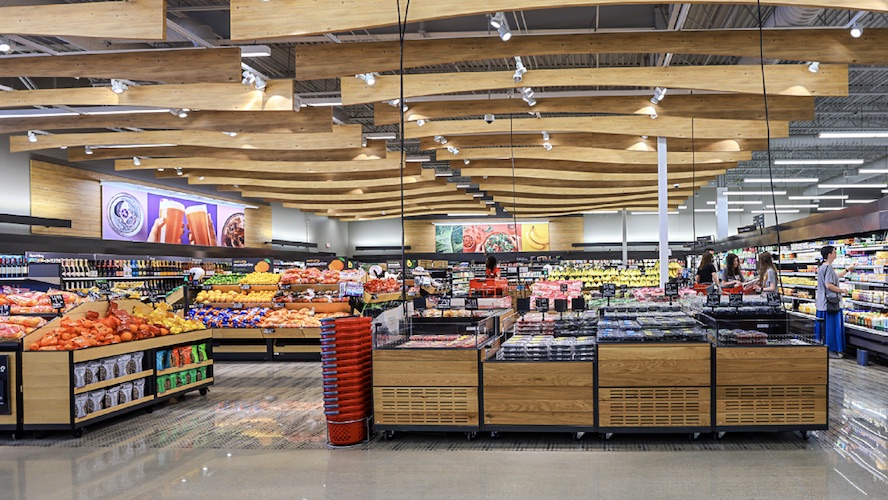 Target recently debuted a large-format store in Denton, Texas, as part of a plan to open more than 300 additional locations over the next decade. Spanning approximately 147,000 square feet — roughly 20,000 square feet larger than the average Target store — the Denton store is one of the retailer’s largest recent openings and exemplifies its recent shift to a larger-format strategy.
Target recently debuted a large-format store in Denton, Texas, as part of a plan to open more than 300 additional locations over the next decade. Spanning approximately 147,000 square feet — roughly 20,000 square feet larger than the average Target store — the Denton store is one of the retailer’s largest recent openings and exemplifies its recent shift to a larger-format strategy.
The Denton location boasts a larger grocery section with additional space for fresh and frozen food, beverages, and organic produce, along with a bakery and a deli. The extra square footage also accommodates an Apple store, a Starbucks Cafe, and a large assortment of school supplies and sports apparel. It also contains roughly five times more backroom space than older stores of similar size, to better support online order fulfillment and store pickup services.
Two additional Texas stores are set to open in late 2025, and at least five more are planned for the Dallas metro area as part of the overall expansion plan. Across the U.S., Target aims to open or renovate about 20 locations in 2025.
Relevance: Brick and mortar remains a key element of Target’s overall strategy, particularly now that local stores have become fulfillment centers for same-day or next-day delivery as well as shopping destinations. Approximately 75% of Americans already live within 10 miles of a Target location, which gives the retailer a competitive advantage over Amazon and other ecommerce retailers.
Opportunity: Staying aligned with Target’s brick-and-mortar plans is crucial for brands looking to maintain a close partnership with this key retailer. As Target expands the footprint, brands should develop in-store marketing programs that will enhance the shopping experience in mutually beneficial ways.
Walgreens Keeps Rolling Out Micro-Fulfillment Centers
 Walgreens recently opened its 12th micro-fulfillment center (MFC) in Brooklyn Park, Minnesota, as part of an ongoing investment in advanced pharmacy solutions. These new facilities are designed to streamline prescription processing and reduce administrative tasks to give in-store pharmacists more time to provide personalized care to their customers. The Brooklyn Park MFC will service almost 200 stores in the Midwest and handle roughly 13 million prescriptions annually.
Walgreens recently opened its 12th micro-fulfillment center (MFC) in Brooklyn Park, Minnesota, as part of an ongoing investment in advanced pharmacy solutions. These new facilities are designed to streamline prescription processing and reduce administrative tasks to give in-store pharmacists more time to provide personalized care to their customers. The Brooklyn Park MFC will service almost 200 stores in the Midwest and handle roughly 13 million prescriptions annually.
With the latest opening, Walgreens now operates 12 MFCs around the U.S. that service about 5,000 stores. Utilizing robotic technology to fill and ship prescriptions, the MFCs now handle roughly 16 million prescriptions per month — covering about 40% of a typical store’s volume.
Relevance: As retailers like Amazon, Walmart, and CVS continue to innovate within the healthcare space, Walgreens needs to keep pace. By focusing on expedited delivery for prescriptions and better in-store customer care, the retailer can better position itself as a healthcare destination.
Opportunity: As Walgreens works to free up pharmacists to improve the in-store customer care experience, brands should explore ways to develop health & wellness programs that can highlight their products in relevant ways.
Best Buy Plans to Refine the Search Experience
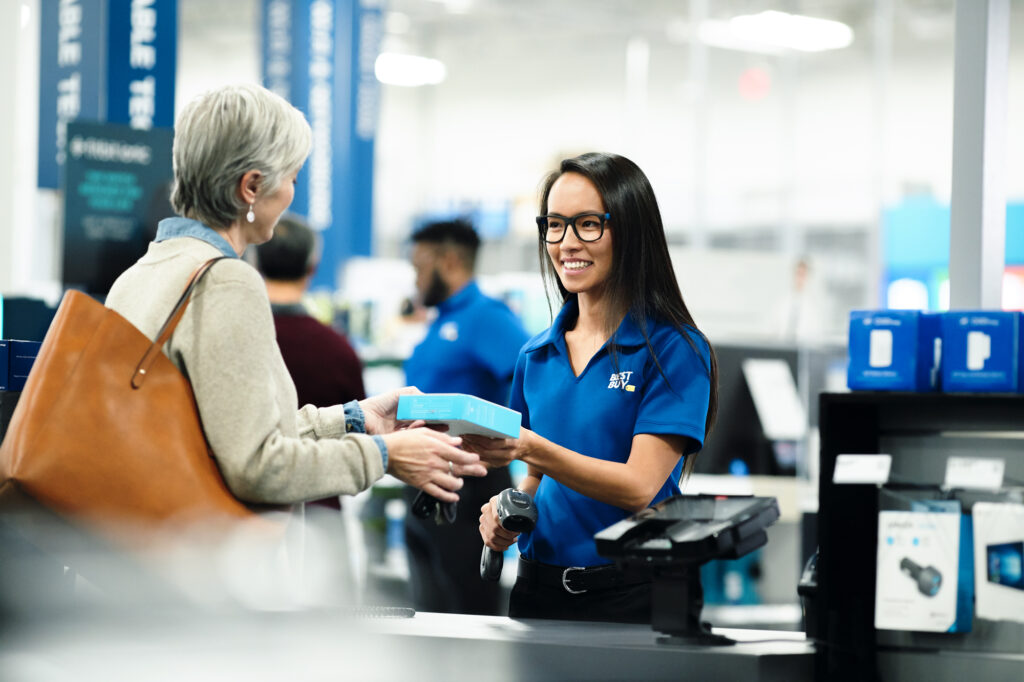 Best Buy is rolling out an AI-powered search engine for its website and app. The revamped tool utilizes AI prompts to help users refine their searches and deliver fewer, more relevant results that better align with queries. Currently available to a small group of shoppers, the tool is expected to roll out fully by the 2025 holiday season.
Best Buy is rolling out an AI-powered search engine for its website and app. The revamped tool utilizes AI prompts to help users refine their searches and deliver fewer, more relevant results that better align with queries. Currently available to a small group of shoppers, the tool is expected to roll out fully by the 2025 holiday season.
Relevance: In Best Buy’s first-quarter earnings call, CEO Corie Barry noted that ecommerce transactions currently account for one-third of domestic revenue, but 60% of purchasers visit the website or app at some point during their shopping journey. Digital updates like this one are critical for improving not only the digital environment but the overall shopping experience as well.
Opportunity: Brands should work with their Best Buy partners to understand how the new search engine will work and how it can be utilized to enhance product discovery, consideration, and purchase.
Instacart Gets the Party Started with Fizz
 Instacart has launched Fizz, a new drink and snack delivery app that is custom-built to help consumers stock up for parties and other gatherings by letting friends (anyone 21 and older) add items to the shopping list: a Fizz “party cart” can be sent straight into a group chat, allowing all participants to pick and pay for whatever items they want to bring. (Each contributor is automatically billed for the items they add to the order.)
Instacart has launched Fizz, a new drink and snack delivery app that is custom-built to help consumers stock up for parties and other gatherings by letting friends (anyone 21 and older) add items to the shopping list: a Fizz “party cart” can be sent straight into a group chat, allowing all participants to pick and pay for whatever items they want to bring. (Each contributor is automatically billed for the items they add to the order.)
The service is free but carries a flat $5 delivery fee. Both hosts and guests earn rewards toward future orders, with drink purchases delivering “Snack Bucks” savings for that category specifically.
Fizz is also integrated into Partiful, an event planning/invite app popular with Gen Z. Hosts creating an event invitation on Partiful can now click on “Group Order” to automatically create a Fizz cart link.
Relevance: Partiful has attracted 2 million new consumers since January and is now averaging 500,000 users per month. Young adults aged 20 to 30 represent 90% of the app’s U.S. user base. So Fizz’s integration provides a great opportunity for Instacart and partner brands to engage with this young audience.
Opportunity: Brands in snack and beverage categories — or anything else that might be needed for a party — should explore the potential for this new offering as a way to reach younger shoppers during key moments like lifestyle events and holidays. The focus on product bundling illustrated through the Snack Bucks promotion is an interesting option for marketers working across both categories.
Lowe’s Taps Creators for New Network
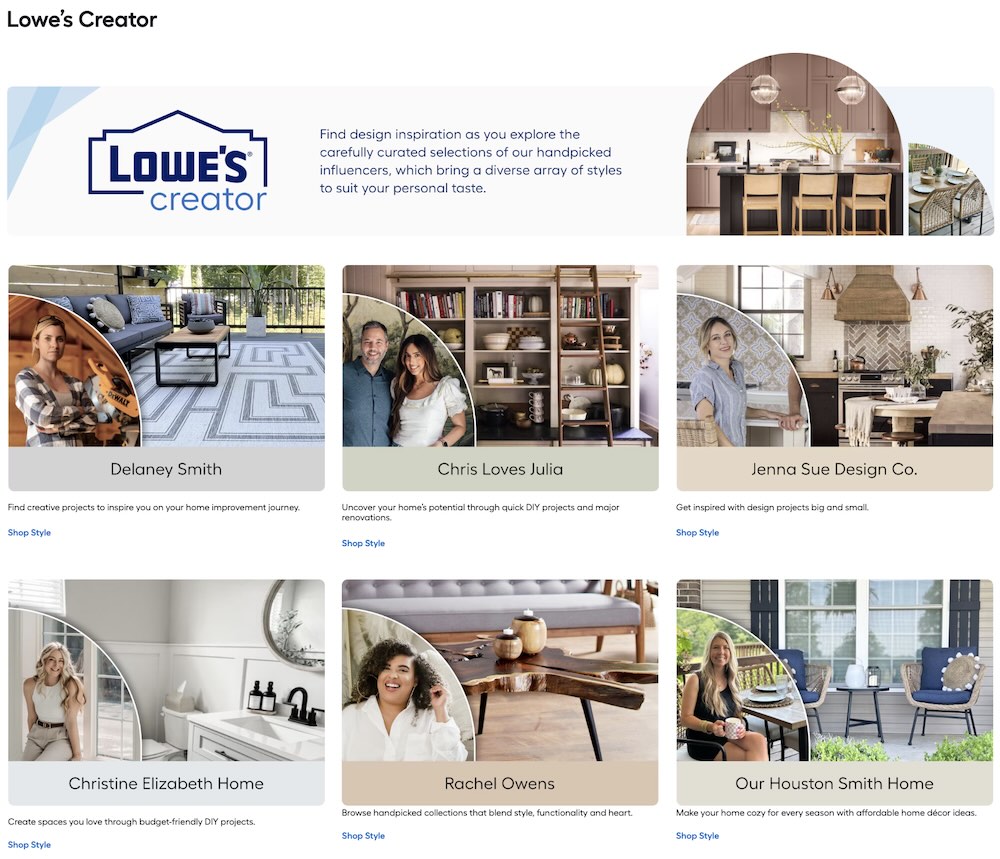
Lowe’s Home Improvement has introduced what it claims to be a first for the channel in an effort to better reach Millennial and Gen Z audiences. The new Lowe’s Creator Network is designed to give home improvement creators of all popularity levels a platform for sharing their projects and provide inspiration to Lowe’s shoppers.
Participating creators earn commissions by establishing a dedicated “storefront” on the Lowe’s website to showcase their favorite products. Lowe’s is also providing creators with product samples, how-to training on tools and projects, and even project funding to facilitate their activities.
With social media continuing to grow as a channel for both engagement and commerce, Lowe’s is looking to build a creator network that can strengthen its relationship with the next wave of do-it-yourselfers, especially the Gen Zers and Millennials who habitually turn to social media for inspiration and advice.
More than 17,000 creators are already enrolled in the beta launch, and Lowe’s plans to grow the network rapidly across all social media channels. Hugely popular creator MrBeast, the most-followed YouTuber and third-most on TikTok, was one of the first major social media stars to sign up; his storefront includes inspirational pages such as “Backyard Obstacle Course,” “Become a Creator,” and “Recreate a MrBeast Challenge,” where fans can find the tools and materials needed to do exactly that.
Relevance: While the initiative is primarily designed to build stronger connections with younger shoppers, a media release announcing the initiative also teased plans to integrate the network with the Lowe’s Media Network to connect these influencers with brand partners. This should be a key watch out for the future as both retail media and influencer marketing continue to evolve.
Opportunity: Influencer marketing is expected to hit nearly $33 billion in 2025, according to Influencer Marketing Hub, and home improvement is a channel that relies heavily on providing visual learning to help consumers fix things, use tools, and undertake their own DIY projects. Influencer marketing, therefore, is a natural fit for engaging with shoppers and driving sales.
Mars United’s Strategic Planning team recently published a playbook on Gen Z as well as a qualitative analysis of Millennials that can help brands better understand these two generations and identify opportunities for stronger engagement.
Mars United Commerce’s Retail Consultancy is an unrivaled team of in-market commerce experts who simplify the complexity of retail for our clients. Located in Bentonville, Minneapolis, Cincinnati, Chicago, Seattle and the “backyards” of other key retailers, they provide deep knowledge of the retailer, expertise in key business areas (like strategy, media and creative), and door-opening personal relationships with key executives to deliver an unmatched level of business success for clients across accounts, channels, and shopper engagement platforms. For more information, contact EVP-Customer Development Kandi Arrington at [email protected].

